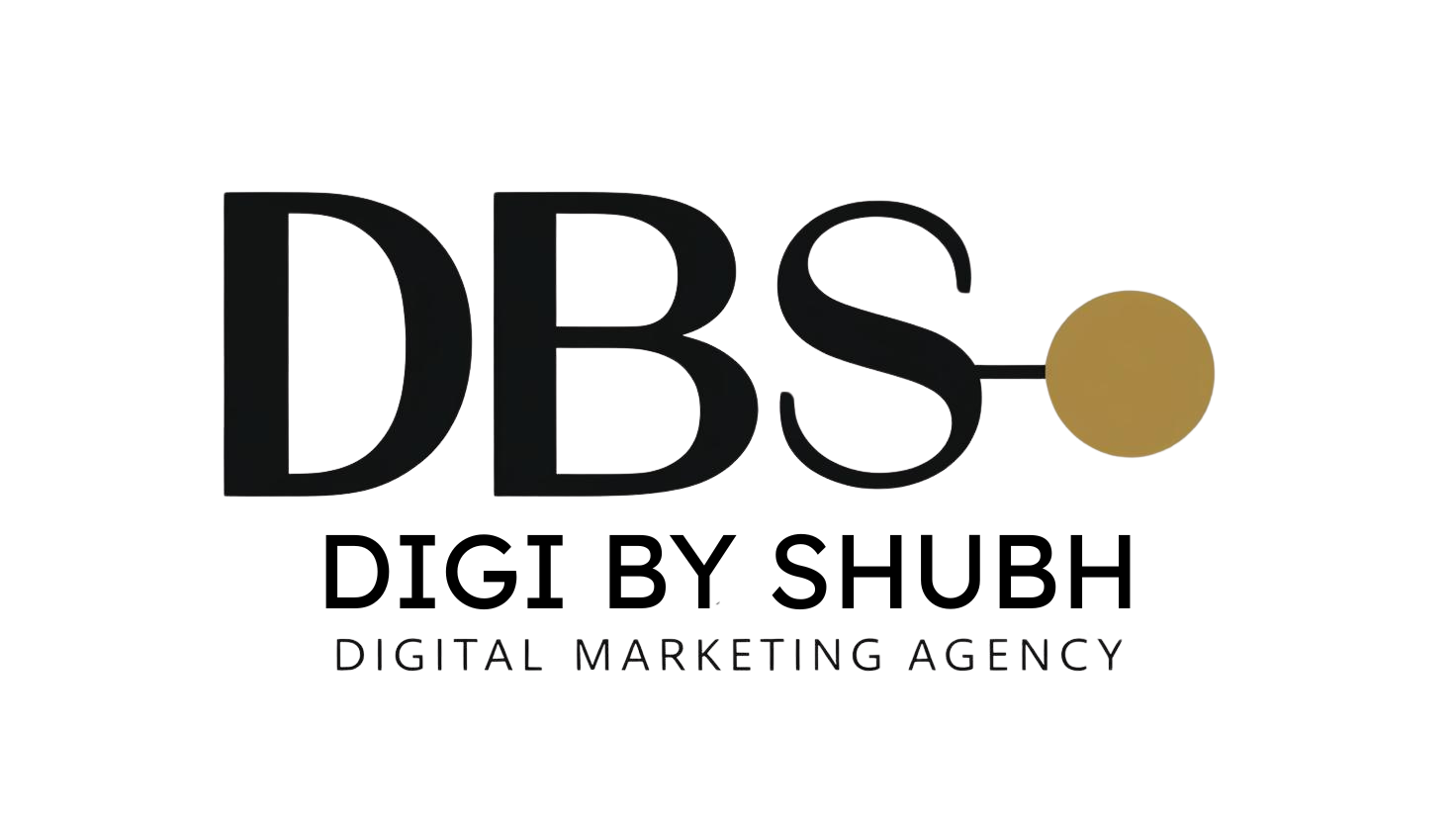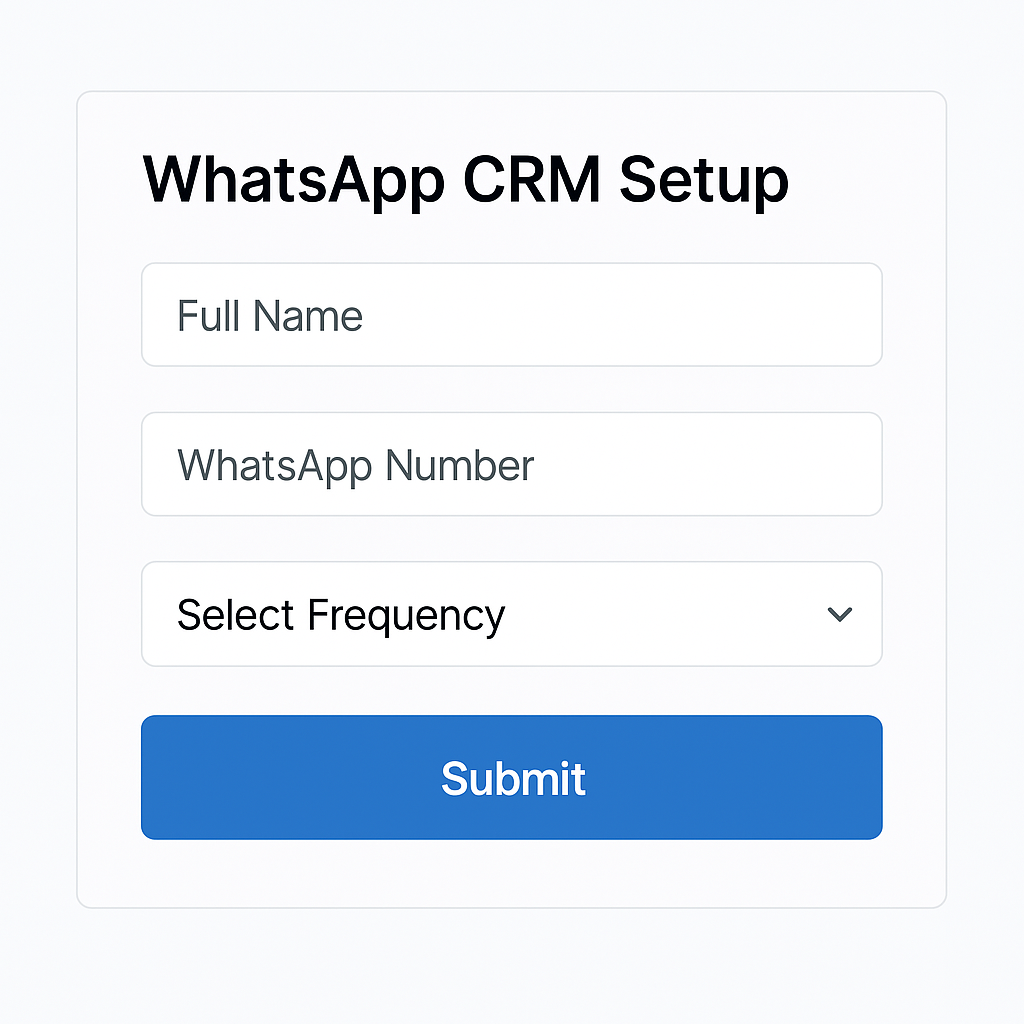As businesses continue to adapt to the digital era, digital marketing is rapidly emerging as a critical driver of growth. From social media platforms to search engine optimization (SEO), the scope of digital marketing spans across a range of strategies and tools that can elevate a brand’s online presence. In this comprehensive guide, we’ll explore the expansive scope of digital marketing and how businesses are leveraging it for success.
1. Introduction to Digital Marketing: Why It Matters

Digital marketing refers to all the efforts that businesses employ through online platforms to reach their target audience. As consumers spend more time online, traditional marketing methods are losing their effectiveness. Digital marketing offers businesses a cost-efficient and measurable alternative to traditional advertising, and it’s indispensable for modern business success.
2. Search Engine Optimization (SEO): Maximizing Visibility
SEO is one of the core pillars of digital marketing. It involves optimizing your website’s structure, content, and technical features to rank higher on search engine result pages (SERPs). Higher rankings mean more organic traffic, which directly contributes to increased sales and brand visibility.

Types of SEO:
- On-Page SEO: Optimizing individual pages for keyword relevance and user experience.
- Off-Page SEO: Building external backlinks and mentions across the web to enhance website authority.
- Technical SEO: Improving site speed, mobile responsiveness, and structured data for search engines.
3. Social Media Marketing: Connecting with Your Audience
With billions of people using social media platforms daily, social media marketing has become a crucial part of any digital strategy. Social platforms like Facebook, Instagram, LinkedIn, and TikTok provide businesses with the opportunity to directly engage with their customers.

Benefits of Social Media Marketing:
- Building brand awareness through organic content and ads.
- Engaging your audience with interactive posts, polls, and customer service.
- Running targeted ads to reach specific demographics.
4. Content Marketing: Creating Value to Drive Growth
Content is king in the world of digital marketing. Content marketing involves producing valuable, relevant content that educates, entertains, and informs your audience. Whether through blogs, videos, podcasts, or infographics, content marketing helps build brand authority and trust.

Key Content Marketing Strategies:
- Blogging: Writing SEO-optimized blog posts to inform and attract visitors.
- Videos: Engaging your audience with entertaining or informative video content.
- Ebooks/Whitepapers: Offering in-depth resources to educate and capture leads.
5. Pay-Per-Click (PPC) Advertising: Immediate Results
PPC is a form of online advertising where businesses pay a fee each time their ad is clicked. Google Ads and social media platforms offer PPC campaigns to help businesses achieve immediate results and visibility.
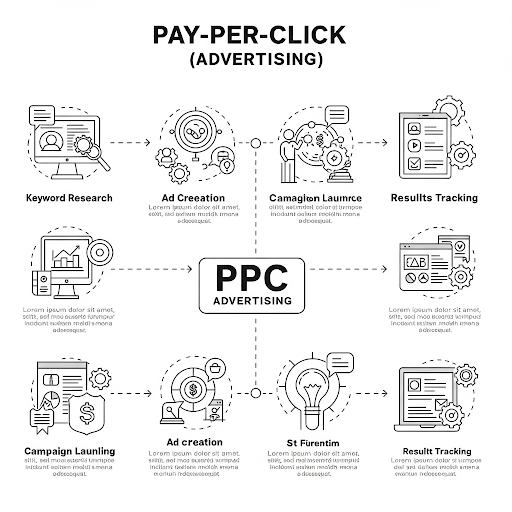
How PPC Works:
- Google Ads: Pay for keyword-based ads shown on Google search and partner sites.
- Social Media Ads: Run targeted ads on Facebook, Instagram, LinkedIn, and others based on user interests.
6. Email Marketing: Building Relationships
Email marketing continues to be one of the most effective ways to nurture leads and convert them into customers. By sending personalized and relevant content to subscribers, businesses can build lasting relationships and increase retention rates.
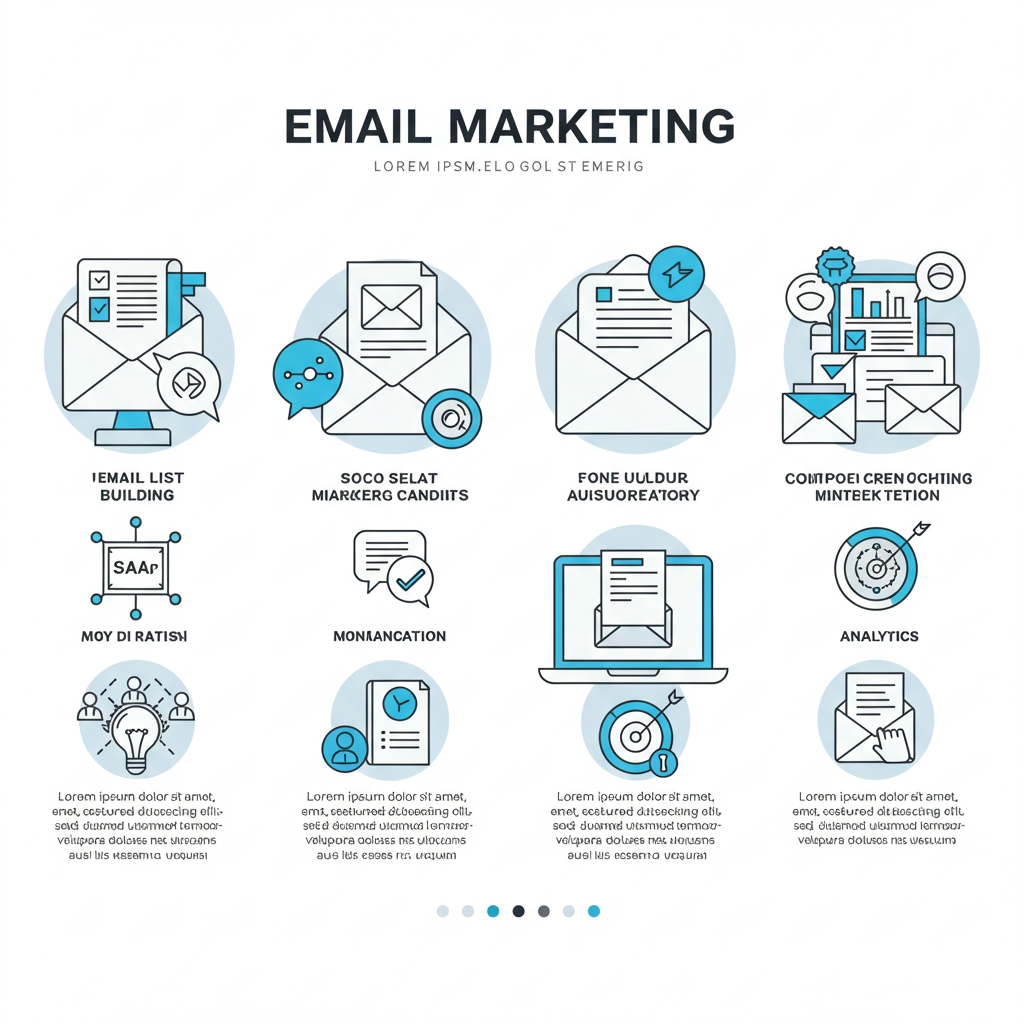
Effective Email Marketing Techniques:
- Newsletters: Keep your audience updated with company news and industry trends.
- Promotional Emails: Send discounts or special offers directly to inboxes.
- Automated Campaigns: Nurture leads over time with triggered email sequences.
7. Affiliate Marketing: Partnering for Growth
Affiliate marketing allows businesses to partner with influencers or other companies that promote your products or services for a commission. It’s a performance-based model that only requires payment when a sale is made, offering a cost-effective way to reach new customers.

How Affiliate Marketing Works:
- Affiliate Programs: Provide affiliates with links and promotional content to share.
- Commission-Based: Pay affiliates a commission for driving sales or leads.
8. Online Public Relations (PR): Managing Your Brand’s Image
Online PR is all about managing your brand’s reputation and establishing relationships with key online influencers. It’s essential to actively monitor your online presence to prevent damage to your reputation and maintain trust with your audience.
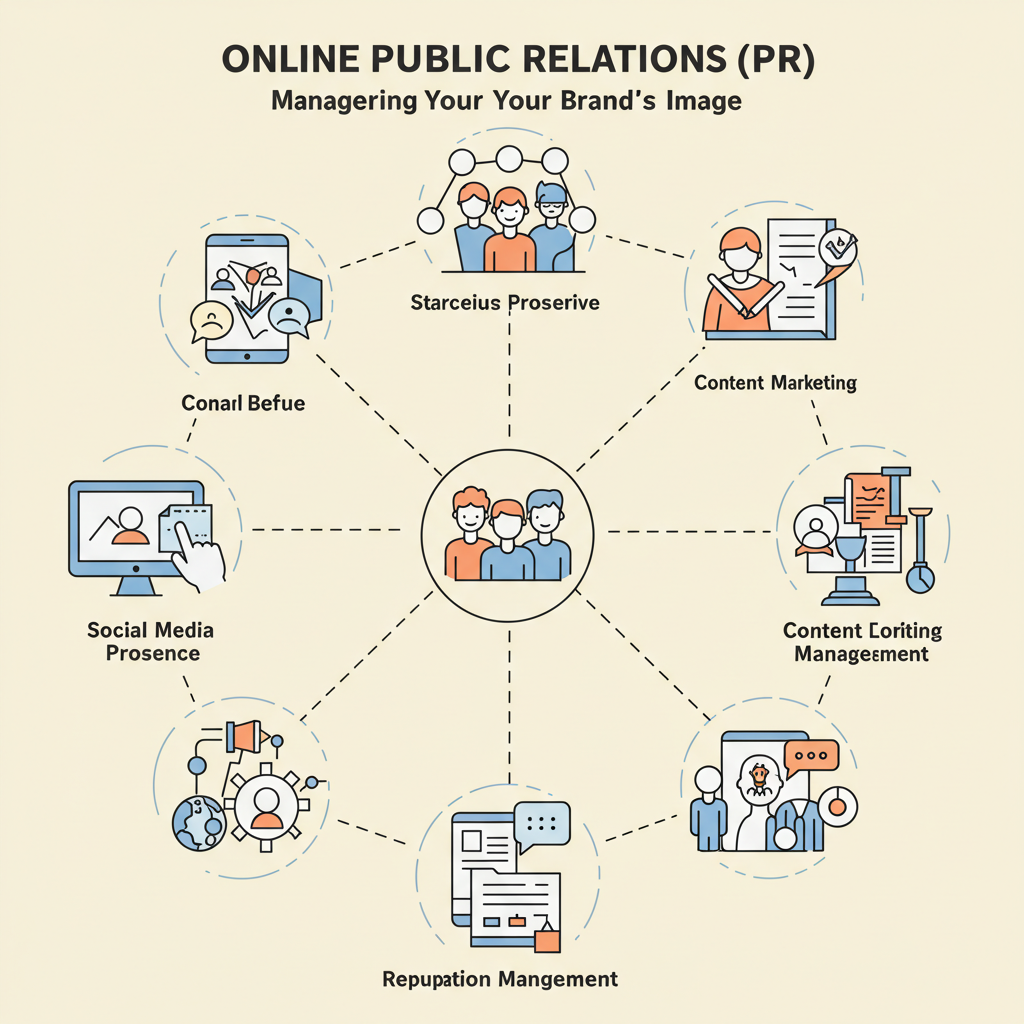
Components of Online PR:
- Reputation Management: Address negative reviews and comments promptly.
- Media Outreach: Collaborate with journalists or bloggers for coverage.
- Crisis Management: Handle public relations crises effectively to maintain customer trust.
9. Mobile Marketing: Reaching Consumers on the Go
Mobile marketing refers to any marketing activity that targets mobile device users. With mobile internet usage on the rise, businesses must ensure their marketing strategies are optimized for mobile platforms to reach their audience effectively.
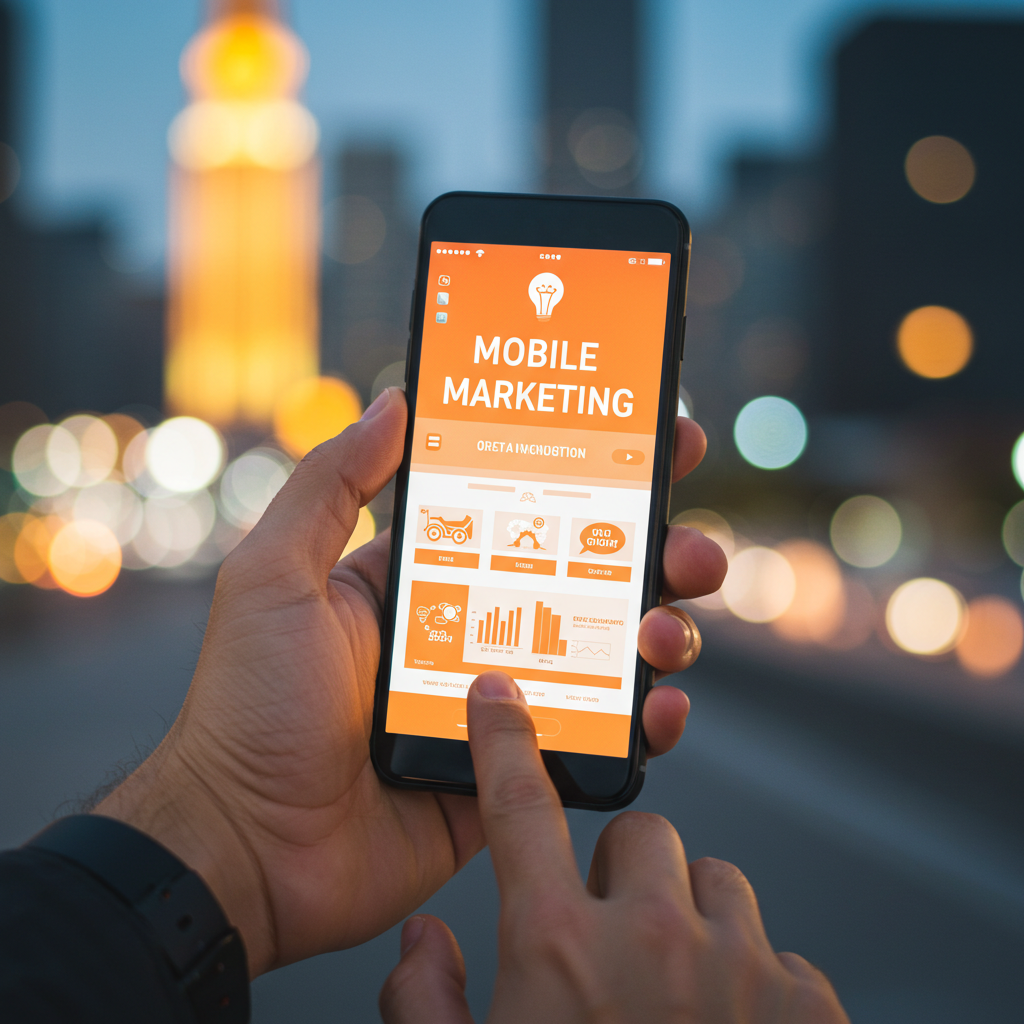
Mobile Marketing Tactics:
- App-Based Marketing: Promote mobile apps and in-app purchases.
- SMS Campaigns: Send time-sensitive offers and updates via text messages.
- Responsive Websites: Ensure your website is mobile-friendly for optimal user experience.
10. Analytics and Data-Driven Marketing: Optimize Your Efforts
Data is the driving force behind modern marketing. By analyzing metrics from websites, social media, and email campaigns, businesses can fine-tune their strategies and improve their marketing efforts.
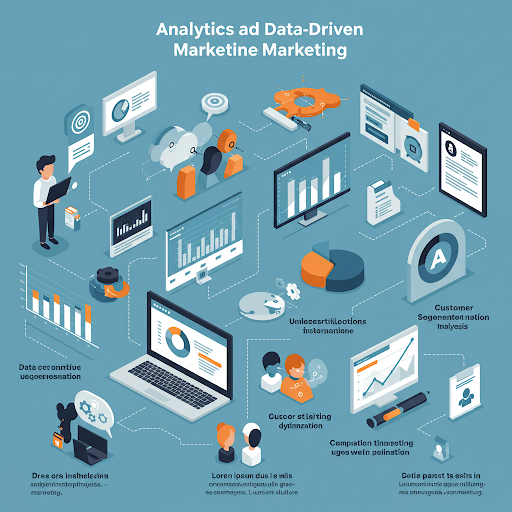
Key Analytics Tools:
- Google Analytics: Track website traffic, user behavior, and conversions.
- Social Media Insights: Analyze engagement and reach on social platforms.
- A/B Testing: Test different versions of content or ads to determine which performs best.
11. Video Marketing: Captivating Your Audience
Video marketing is one of the most engaging forms of content, with platforms like YouTube, TikTok, and Instagram driving significant traffic. Videos can help businesses showcase their products, educate their audience, and drive sales.
Types of Video Marketing:
- Product Demos: Show potential customers how your product works.
- Customer Testimonials: Build trust with authentic reviews from satisfied customers.
- Live Streams: Engage with your audience in real-time to answer questions and showcase your expertise.
12. Influencer Marketing: Leveraging Social Proof
Influencer marketing has become a powerful strategy, with brands partnering with influencers who have large, engaged followings. These influencers can help drive awareness and build credibility for your products.
How Influencer Marketing Works:
- Product Endorsements: Influencers promote your product in an authentic way.
- Affiliate Links: Track sales made through influencer-referred links.
- Sponsored Posts: Pay influencers to create content around your brand.
13. Voice Search Optimization: Preparing for the Future
With the rise of voice assistants like Siri, Alexa, and Google Assistant, voice search optimization is becoming an important part of SEO. People are now searching for information by speaking instead of typing, and businesses need to adapt their strategies accordingly.
Voice Search Optimization Tips:
- Natural Language Keywords: Optimize for longer, conversational phrases.
- Featured Snippets: Aim to appear as the answer to voice queries.
- Local Search: Optimize for local queries as voice searches are often location-based.
14. Artificial Intelligence (AI) in Digital Marketing: Revolutionizing Campaigns
AI is transforming digital marketing by allowing businesses to automate processes, personalize experiences, and predict trends. From chatbots to predictive analytics, AI is enhancing the efficiency and effectiveness of digital marketing strategies.
AI Applications in Digital Marketing:
- Chatbots: Automate customer service and sales inquiries.
- Personalized Recommendations: AI algorithms suggest products based on user behavior.
- Predictive Analytics: Use AI to forecast customer behavior and trends.
Conclusion: The Expanding Horizon of Digital Marketing
The scope of digital marketing continues to grow, providing businesses with endless opportunities to connect with their audience, build relationships, and drive growth. As technology advances and consumer behaviors evolve, staying ahead of digital trends and adopting new marketing strategies will ensure long-term success.
By incorporating SEO, social media marketing, content marketing, PPC, email marketing, and other digital tools, businesses can effectively reach their target audience and thrive in the competitive online space. Embracing the full scope of digital marketing is key to adapting to the future and staying ahead of the competition.
